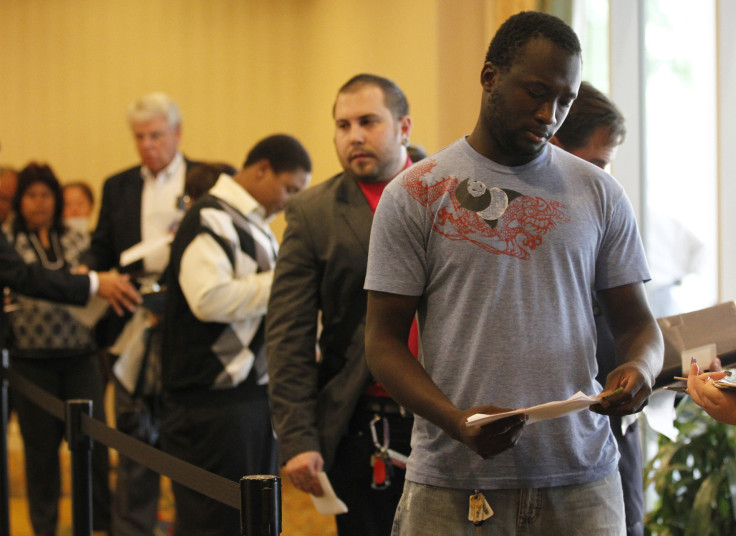Economic Issues After Having Cancer: Probability Of Employment Drops 10% In 5 Years After Diagnosis

For American cancer survivors between the ages 25 and 64, the probability of employment dropped by nearly 10 percentage points in the five years following a diagnosis, a new University of Wyoming study found. Annual earnings dropped nearly 40 percent two years after diagnosis, said the researchers. Yet, the new study also uncovered some positives.
"Total family income dropped about 20 percent in years two and three after diagnosis, but recovered by year five,” wrote Dr. Anna Zajacova, lead researcher and an associate professor in the department of sociology, and her colleagues, explaining how disability benefits, a newly-employed spouse, or possibly adult children may compensate for this loss.
"Families do have the capacity to buffer all kinds of shocks, but we just don’t know what the dynamics are for cancer diagnosis," Zajacova told Medical Daily, explaining she can only speculate how the economic recovery within a family transpires.
Resilience
The physical and emotional effects of cancer and its various treatments are stories often told, yet the economic fallout is less well-known. A review of dozens of studies showed 63 percent of survivors continued working or returned to work after treatment, the researchers explained, yet depending on cancer type and stage, estimates ranged anywhere from 24 percent to 94 percent. A more precise gauge of the economic after-effects was needed.
To accomplish this, Zajacova and her colleagues analyzed 1999-2009 data from the Panel Study of Income Dynamics, a nationally representative observational study with individual and family-level economic information. The research team developed mathematical models to estimate the impact of cancer on employment, hours worked, individual income, and total family income. What they discovered supported past research.
After a cancer diagnosis, the probability of a patient being employed dropped nearly 10 percent; in the first year following diagnosis, the number of hours worked declined by up to 200 hours (about five weeks of full-time work). Naturally, this impacts annual earnings, which dropped by almost 40 percent within two years after a diagnosis. Annual earnings, the researchers discovered, remained lower than before the diagnosis and total family income declined by 20 percent. Family income, though, recovered within four years.
Primarily, losses among male cancer survivors drove the numbers down, said the authors, who added that losses among women survivors were not statistically significant.
“This sex difference may be a result of the lower overall labor-market participation of women,” said the authors or “it is also possible that the economic impacts may be greater for men if they suffer from types of cancer or treatments that have greater effects on their ability to work or if their jobs are more physically demanding and less compatible with the rigors of treatment.”
Zajacova and her colleagues say future studies should examine the effects of cancer across different groups, organized by race, marital status, and family composition.
Source: Zajacova A, Dowd JB, Schoeni RF, Wallace RB. Employment and income losses among cancer survivors: Estimates from a national longitudinal survey of American families. Cancer. 2015.



























